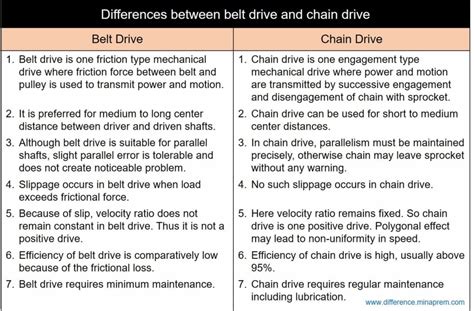The Big Debate: On-Chain Scaling vs Off-Chain Scaling in the World of Ethereum
As one of the most popular and widely used blockchain platforms, Ethereum has undergone significant changes over the years. One of the key areas where improvements have been made is in addressing scalability issues, which is an essential aspect of any blockchain network. The two primary methods for improving scalability are on-chain scaling and off-chain scaling, which we will explore to understand their differences.
What is on-chain scaling?
On-chain scaling refers to the process of increasing the number of transactions that the Ethereum network’s smart contract layer, known as Solidity, can process in a single block. This involves optimizing gas pricing strategies and adjusting block size limits to ensure that more transactions can fit in the same block. The goal of on-chain scaling is to improve the performance and efficiency of the Ethereum network by maximizing the number of transactions per block.
What is off-chain scaling?
Off-chain scaling, on the other hand, involves using external services or applications to increase the capacity of the Ethereum network, bypassing its native blockchain architecture entirely. This can include decentralized applications (dApps), cryptocurrency exchanges, and even other blockchain networks that support off-chain transactions. By leveraging these external services, developers can improve their scalability and functionality without compromising security.
The Core Difference Between On-Chain Scaling and Off-Chain Scaling

While both methods aim to increase transaction capacity, the key difference lies in how they achieve it:
- On-chain scaling is based on optimizing the internal Ethereum architecture, which requires a deep understanding of the Solidity code, gas prices, and block size limits.
- Off-chain scaling, however, leverages external services that can handle large volumes of transactions without compromising security or decentralization.
In other words, on-chain scaling refers to improving efficiency within the native architecture of the Ethereum network, while off-chain scaling provides an alternative route to scaling capacity through third-party infrastructure.
Benefits and Limitations
On-chain scaling:
- More direct integration with smart contracts, allowing developers to create more complex and scalable applications.
- Potentially higher transaction fees
, as some external services may charge additional fees or rates.
- Better control over network performance, as scaling occurs within the Ethereum framework.
Off-chain scaling:
- External scalable solutions, which can provide faster and cheaper processing times, but may come with higher latency and security risks.
- Less direct integration with smart contracts, as external services are not part of the native Ethereum architecture.
Conclusion
Understanding the difference between on-chain and off-chain scaling is important for both developers and users. While on-chain scaling is about optimizing the internal Ethereum architecture, off-chain scaling provides an alternative route to scaling through third-party infrastructure. By choosing the right approach, developers can create more efficient, scalable, and reliable blockchain applications.
As Ethereum continues to evolve, we can expect both on-chain and off-chain scaling solutions to emerge, offering different options for users and developers.
 218-732-1221
218-732-1221 
